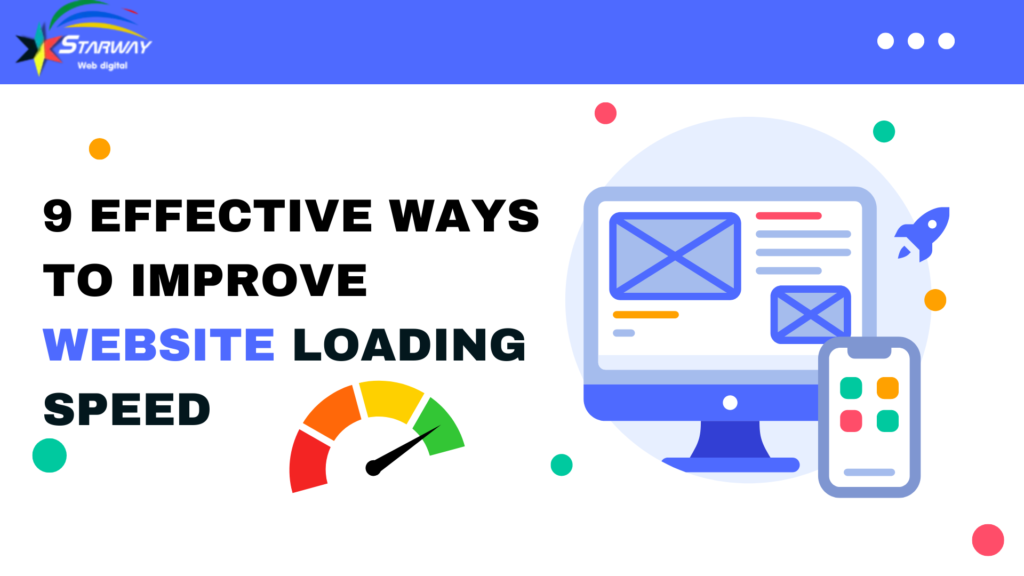9 Effective Ways to Improve Website Loading Speed
Website loading speed plays a crucial role in determining user satisfaction and retention. When a website loads quickly, users are more likely to engage with its content and accomplish their desired tasks. Conversely, slow-loading websites frustrate users and drive them away. Moreover, search engines prioritize fast-loading websites in their rankings, making speed optimization essential for SEO success. Optimize Images Images are often the largest elements on a webpage, contributing to slow loading times. To optimize images, consider compressing them without compromising quality, choosing the right file format (e.g., JPEG, PNG, SVG), and implementing lazy loading techniques to defer offscreen images until needed. Minimize HTTP Requests Each element on a webpage, such as images, scripts, and stylesheets, requires an HTTP request. By reducing the number of HTTP requests, you can speed up website loading times. Strategies for minimizing HTTP requests include combining CSS and JavaScript files and eliminating unnecessary plugins and scripts. Enable Browser Caching Browser caching allows web browsers to store static resources, such as images, CSS files, and JavaScript, locally on a user’s device. By enabling browser caching and setting appropriate expiration dates for resources, you can reduce the time it takes for returning visitors to load your website. Reduce Server Response Time The server response time, also known as Time to First Byte (TTFB), significantly impacts website loading speed. To improve server response time, choose a reliable hosting provider with fast servers and optimize server configuration settings, such as caching and compression. Implement Content Delivery Networks (CDNs) CDNs distribute website content across multiple servers located in different geographical regions. By serving content from the nearest server to each user, CDNs reduce latency and improve website loading speed, especially for visitors accessing your site from distant locations. Optimize HTML, CSS, and JavaScript Optimizing HTML, CSS, And JavaScript involves minifying these files by removing unnecessary characters, whitespace, and comments. Additionally, consider removing unused code and optimizing critical rendering paths to prioritize the loading of essential content. Utilize Browser Caching In addition to enabling server-side caching, leverage browser caching techniques to instruct web browsers to store static resources locally for faster retrieval. Setting expiry headers and utilizing cache-control directives can further optimize website loading speed. Mobile Optimization With an increasing number of users accessing the web from mobile devices, it’s crucial to optimize websites for mobile performance. Implement responsive design principles to ensure your site adapts seamlessly to different screen sizes and consider using Accelerated Mobile Pages (AMP) for lightning-fast mobile browsing experiences. Regular Performance Monitoring Continuous monitoring of website performance is essential for identifying and addressing speed-related issues. Utilize tools like Google PageSpeed Insights, GTmetrix, or Pingdom to analyze your site’s performance metrics and implement necessary optimizations to enhance loading speed. Conclusion Improving website loading speed is vital for delivering a seamless user experience and maximizing SEO potential. By implementing the nine strategies outlined in this article, website owners can significantly enhance their site’s performance, reduce bounce rates, and improve search engine rankings. FAQs
9 Effective Ways to Improve Website Loading Speed Read More »



